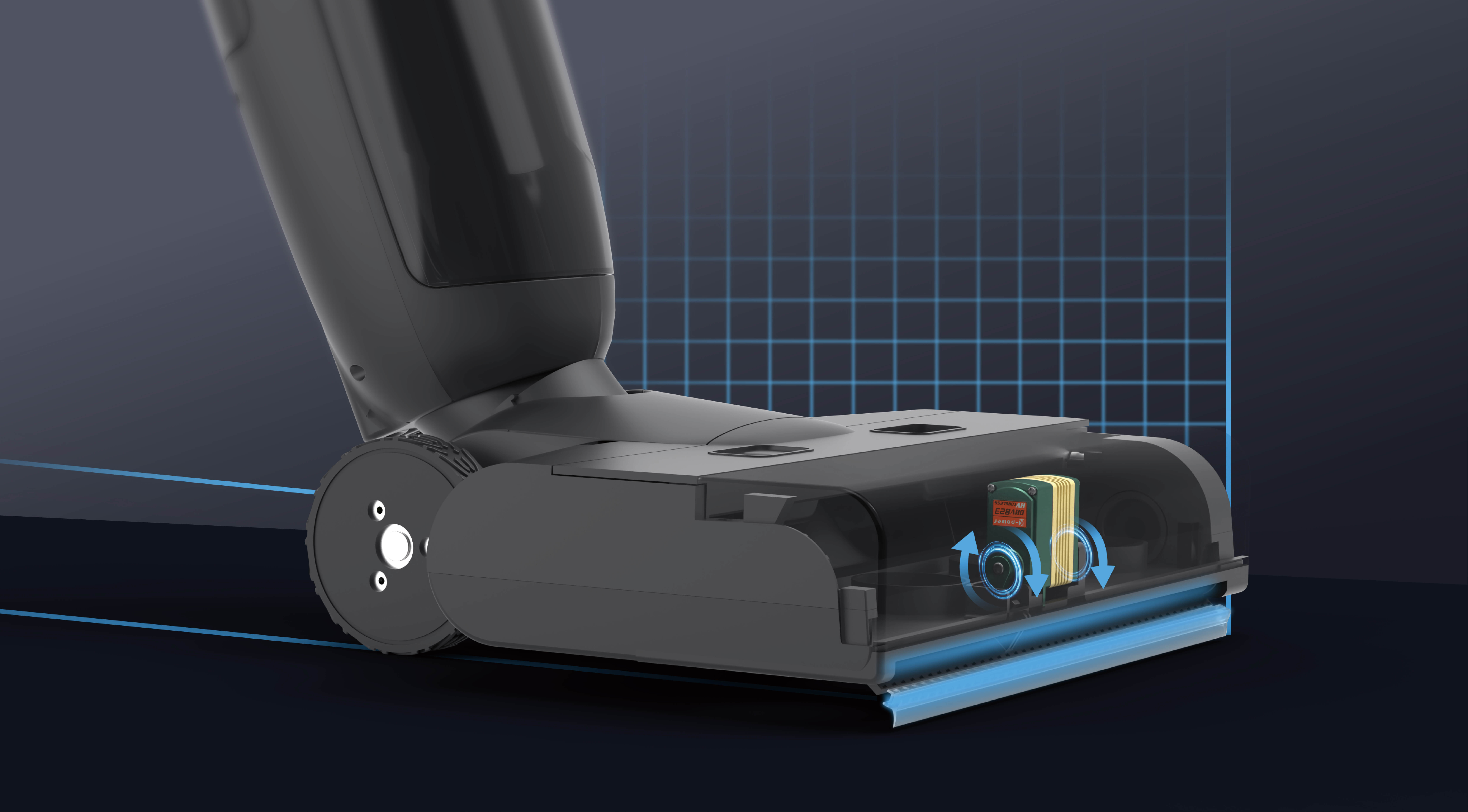Embrace the world of electronics and robotics by discovering how to control a servo motor with an Arduino Uno. Whether you’re a curious hobbyist, a student stepping into the realm of microcontrollers, or someone eager to turn ideas into reality, this guide is your friendly companion on that journey.

Getting started with Arduino and servo motors doesn't need to be intimidating. In fact, it’s a wonderful way to dip your toes into the pool of DIY tech projects, offering both challenge and satisfaction. Imagine being able to turn a knob or press a button and see a mechanical arm or camera move exactly as you desire—this is where the magic begins.
What is an Arduino Uno?
The Arduino Uno is an accessible, versatile microcontroller board that has become the heart of countless DIY inventions, robotics, and educational projects worldwide. Compact yet powerful, it can be programmed easily through a friendly open-source Integrated Development Environment (IDE). Its simplicity ensures that even beginners can start with minimal fuss.
What is a servo motor?
A servo motor is a tiny powerhouse that can rotate or move to a specific position, making it ideal for creating precise mechanical control. Unlike regular motors that spin endlessly, servo motors accept control signals that tell them to turn to a specific angle—typically from 0 to 180 degrees—making them perfect for robotic arms, pan-tilt cameras, or even automated curtains.
What you'll need
To embark on your first servo project, gather these essential components:
Arduino Uno board: The brain of your project. Servo motor: The actuator that moves. Jumper wires: For making connections. Breadboard (optional but recommended): For easy, organized wiring. Power source: Usually, the Arduino’s USB connection suffices, but external power may be required for larger servos. Computer with Arduino IDE installed: The tool to write and upload your code.
Connecting the hardware
Your setup is straightforward:
Connect the servo's power (red wire) to the 5V pin on the Arduino. Connect the servo's ground (black or brown wire) to one of the Arduino’s GND pins. Connect the servo's signal pin (usually yellow or white wire) to a digital PWM-capable pin—commonly pin 9 for simplicity.
Using the breadboard can help keep your wiring elegant and manageable, especially as you experiment with more servos or sensors.
Writing your first code
Getting your servo motor to move is as simple as a few lines of code. Here’s a quick rundown of what your script will do:
Initialize the servo library. Attach the servo to a specific PWM pin. Command the servo to move to a particular angle. Optional: make the servo sweep between angles or respond to input.
Here's a gentle example code:
#include Servo myServo; // create servo object to control a servo void setup() { myServo.attach(9); // attaches the servo on pin 9 } void loop() { myServo.write(0); // tell servo to go to position 0 degrees delay(1000); // wait for a second myServo.write(180); // tell servo to go to position 180 degrees delay(1000); // wait for a second }
This code makes your servo sweep back and forth, creating a simple but engaging demonstration of control.
Uploading and testing
Once your code is ready, connect your Arduino to your computer using a USB cable, select the correct board and port in the Arduino IDE, and hit "Upload". A few seconds later, your servo should move to 0°, then 180°, repeatedly. This simple test confirms that your wiring and software are correct.
Why is this exciting?
Controlling a servo motor with Arduino opens up countless possibilities—from animating models, building cameras that follow you, to creating robotic arms that perform pick-and-place tasks. It’s a versatile foundation that fuels creativity and problem-solving.
Next steps
In the second part of this tutorial, we’ll explore:
How to modify the code for smooth, continuous movement. Incorporating sensors for interactive control. Power management for multiple servos. Troubleshooting common issues. Creative project ideas to inspire your next build.
Stay tuned—you’re on the cusp of transforming simple components into your own mechanical marvels!
Leveraging innovations in modular drive technology, Kpower integrates high-performance motors, precision reducers, and multi-protocol control systems to provide efficient and customized smart drive system solutions.




































